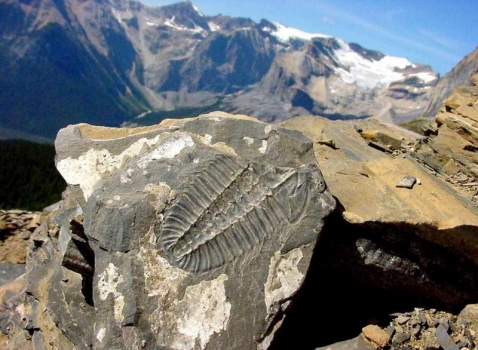Dismounting to assist her, Walcott discovered that the horse had turned a slab of shale that contained fossil crustaceans of an especially ancient and unusual type. Snow was falling—winter comes early to the Canadian Rockies—so they didn't linger, but the next year at the first opportunity Walcott returned to the spot. Tracing the presumed route of the rocks' slide, he climbed 750 feet to near the mountain's summit. There, 8,000 feet above sea level, he found a shale outcrop, about the length of a city block, containing an unrivaled array of fossils from soon after the moment when complex life burst forth in dazzling profusion—the famous Cambrian explosion. Walcott had found, in effect, the holy grail of paleontology. The outcrop became known as the Burgess Shale, and for a long time it provided "our sole vista upon the inception of modern life in all its fullness," as the late Stephen Jay Gould recorded in his popular book Wonderful Life.

Gould, ever scrupulous, discovered from reading Walcott's diaries that the story of the Burgess Shale's discovery appears to have been somewhat embroidered—Walcott makes no mention of a slipping horse or falling snow—but there is no disputing that it was an extraordinary find.












